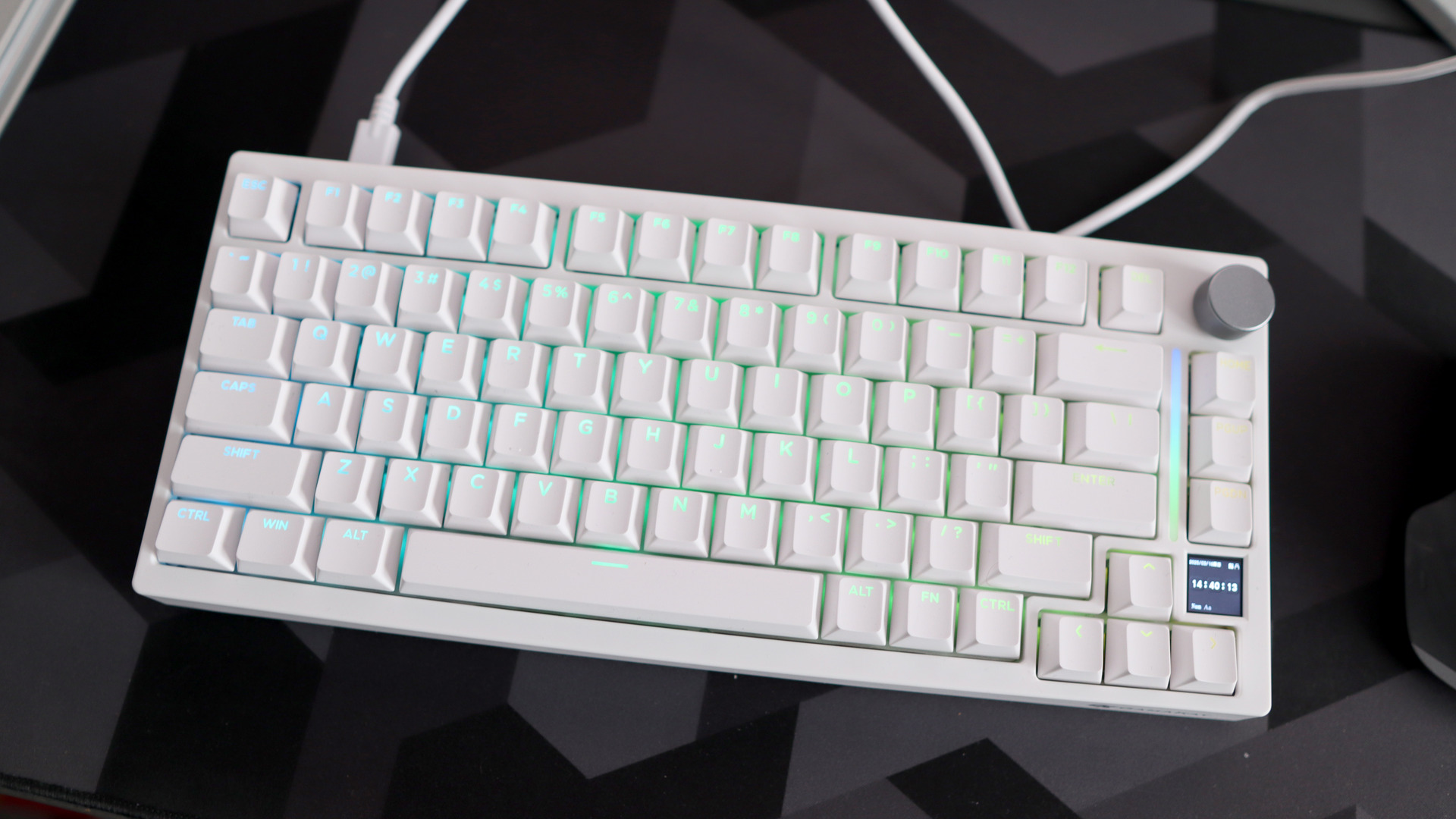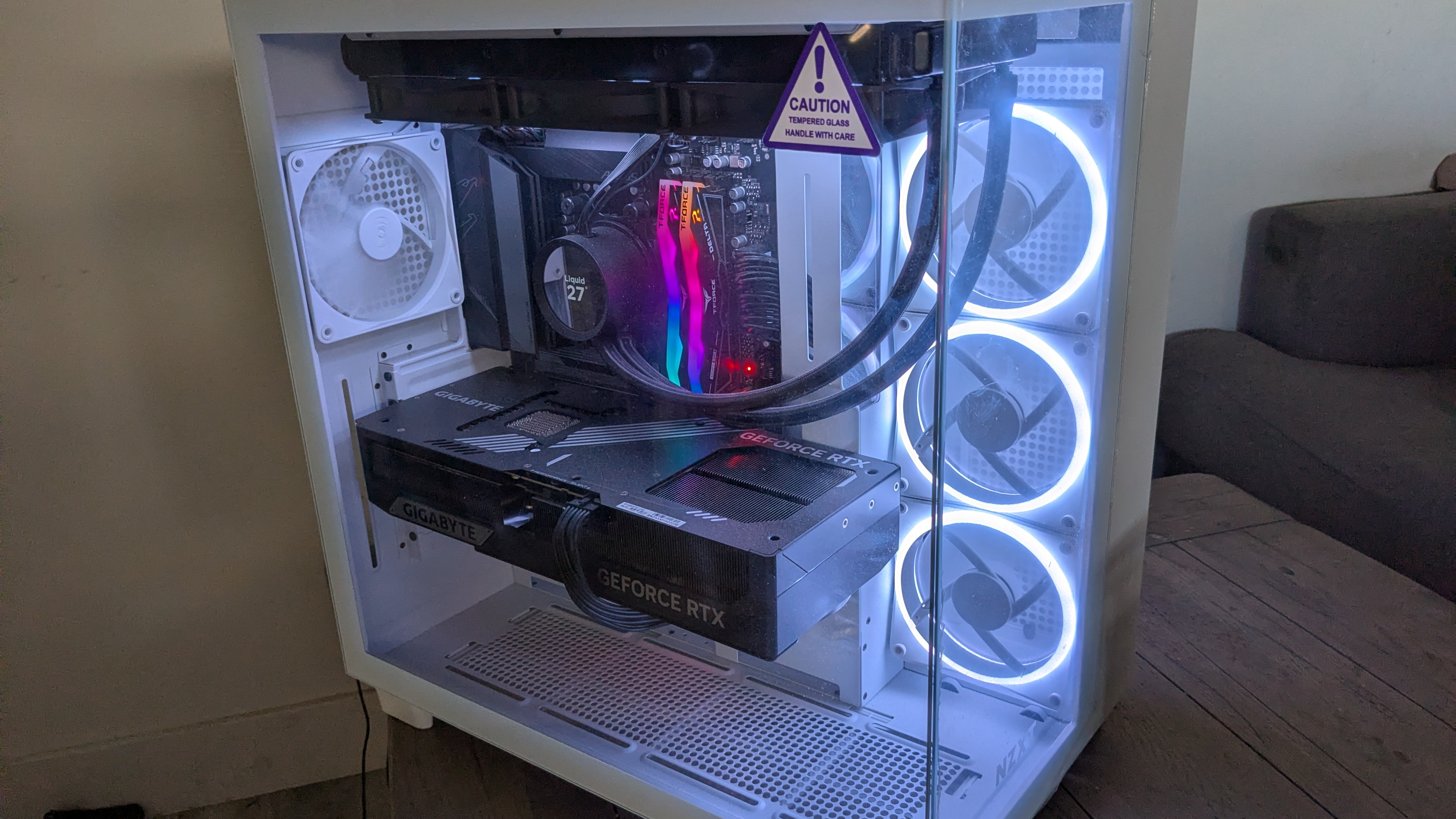Our Verdict
A generally solid Hall effect keyboard that's well-built and specced, and is only let down by meagre software.
For
- Responsive Hall effect switches
- Solid plastic case
- PBT keycaps are a nice touch
Against
- Software is quite confusing
- Lacks some style against key rivals
PC Gamer's got your back
The age-old tale of capitalism teaches us that more competition is good, fostering innovation and lower prices, as technology trickles down from top to bottom. Well, that's what my economics class taught me several years ago, but the principles there have some application to keyboards, believe it or not.
Rapid trigger gaming keyboards—ie those with the ability to have actuation points as high as the key will go for immensely responsive keypresses—have sprung up in popularity in recent times as we've seen everyone and their dog seemingly throw their hat into the ever-growing market segment, desperate to have a piece of the pie. There have been some true standout options from key innovators such as Wooting (the 80HE) and market disruptors such as Keychron (the K2 HE) and Endgame Gear (the KB65 HE), all released in the last year, and now someone else has weighed in with what may just be one of the most compelling options of the lot.
Gamakay is a brand whose reputation varies from keyboard to keyboard; for instance, the TK75 Pro is a standout mechanical option with all the bells and whistles of a Keychron but a fraction of the price, while the TK101 that I looked at was a mixed bag of positive switches let down by meagre build quality. Enter stage left, their new TK75HE V2—at least by name, and its more affordable $90/£69 price tag, it seems representative of the former category.
For the price tag, its entirely plastic frame isn't unheard of, and it at least especially sturdy. There's no flex or creaking from it, and it's generally solid. The same goes for its PBT doubleshot keycaps, which are a pleasant inclusion for the price. They also have shine-through legends and allow the vibrant RGB lighting to shine through mostly unimpeded.
The 75% layout is ubiquitous among enthusiast-level keyboards and it offers a pleasant array of functions, including proper arrow keys, a single-column nav cluster and a function row in a size that's slightly smaller than a TKL board. The top right corner is also home to a silver dial for controlling volume, which provides a pleasant accent to the otherwise white board—it is also available in black if you prefer something meaner. Between the nav cluster and the right of the alphanumeric keys is also a small light bar accent, adding a little bit more flair.
You also get the benefit of a small screen above the right arrow key, which displays key at-a-glance information such as the time, date and which lock keys are active. The clock has a pleasant flip-board style to it, which is a nice touch. It'll need you to go into the keyboard's software to show the right time, but within a matter of moments, it works.
Connectivity is purely wired to enable the keyboard 8000 Hz polling rate and 10,000 Hz scanning rate, which is all designed to make inputs as fast as possible, especially with the addition of rapid trigger functionality. I would normally bemoan the lack of any wireless connectivity options, but it is par for the course on a lot of the more 'affordable' HE options I've encountered, including Wooting and Endgame Gear's own choices. The previous iteration did have options for wireless over Bluetooth and 2.4 GHz, but lacked the speed of 8K polling. Seems like it's swings and roundabouts for Gamakay.
Keep up to date with the most important stories and the best deals, as picked by the PC Gamer team.

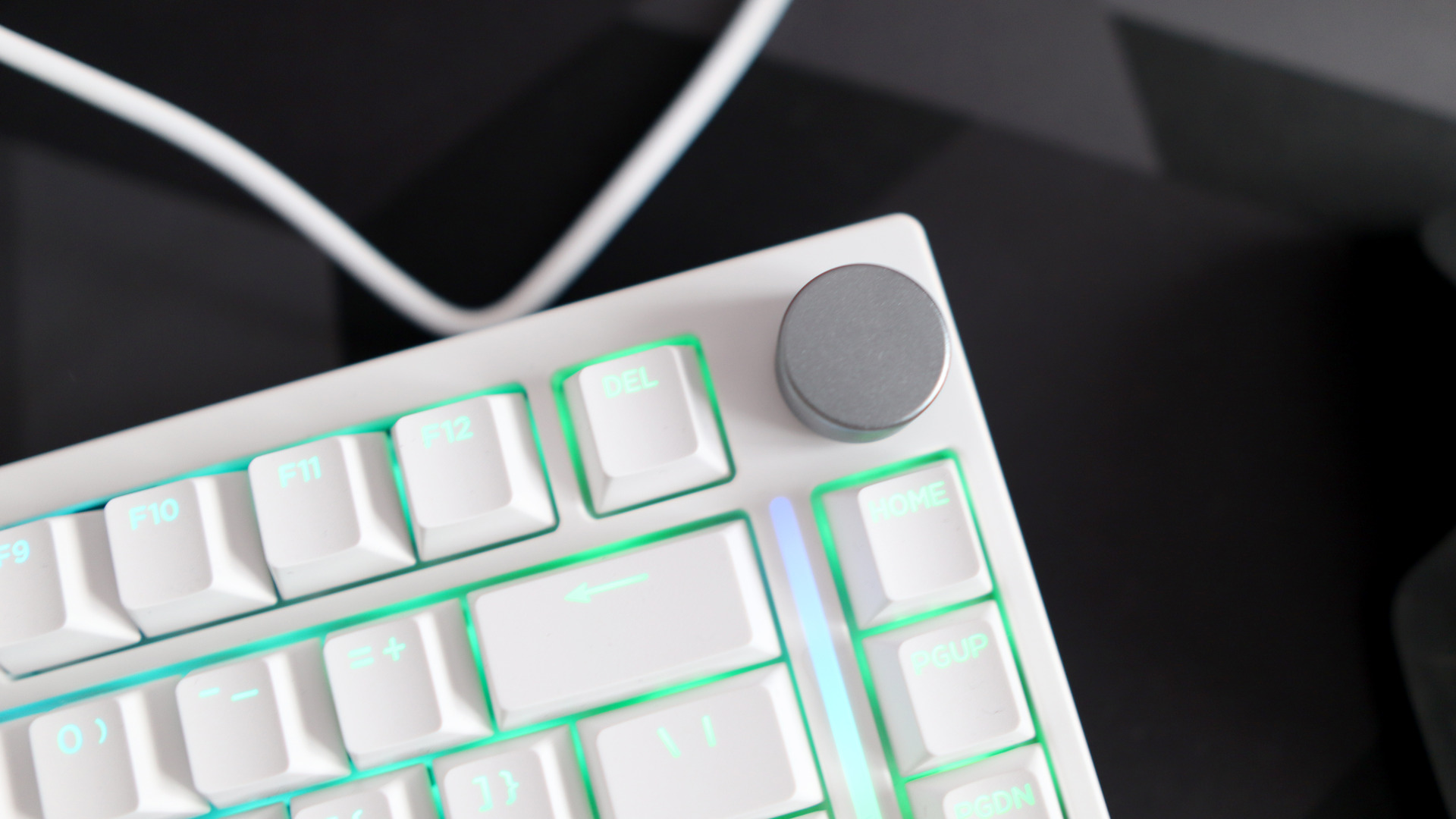

The stars of the show with the TK75HE V2 are its Hall effect switches, though. You get a choice of two with this keyboard, with either the Phoenix Silent or Mercury switches. The Phoenix Silent, as the name suggests, is a quiet linear switch with a 40 g actuation force, while the Mercury switch bequeathed to me is a lighter 30 g linear switch.
Out of the box, they work as standard switches do, without any of the rapid trigger functionality. For a set of HE switches, the Mercurys actually feel quite pleasant, with a responsive keypress that actually has some substance to it. Far too often Hall effect switches feel as if they're lacking in overall feel and body, which can just lead them to feel dull in day-to-day use. That isn't the case with the Mercury switches, though, as I found typing thousands of words over a couple of weeks for work—including this very review.
The switches are also hot-swappable to the point where Gamakay bundles a combination keycap and switch puller in the box. What other switches this keyboard's PCB is compatible with is a tad confusing, as the pins on the bottom aren't standard 3 or 5 pin MXs, as you see on most keyboards. Gamakay's product description states that it's compatible with other manufacturers' magnetic switches, although doesn't exactly explain which ones these are.
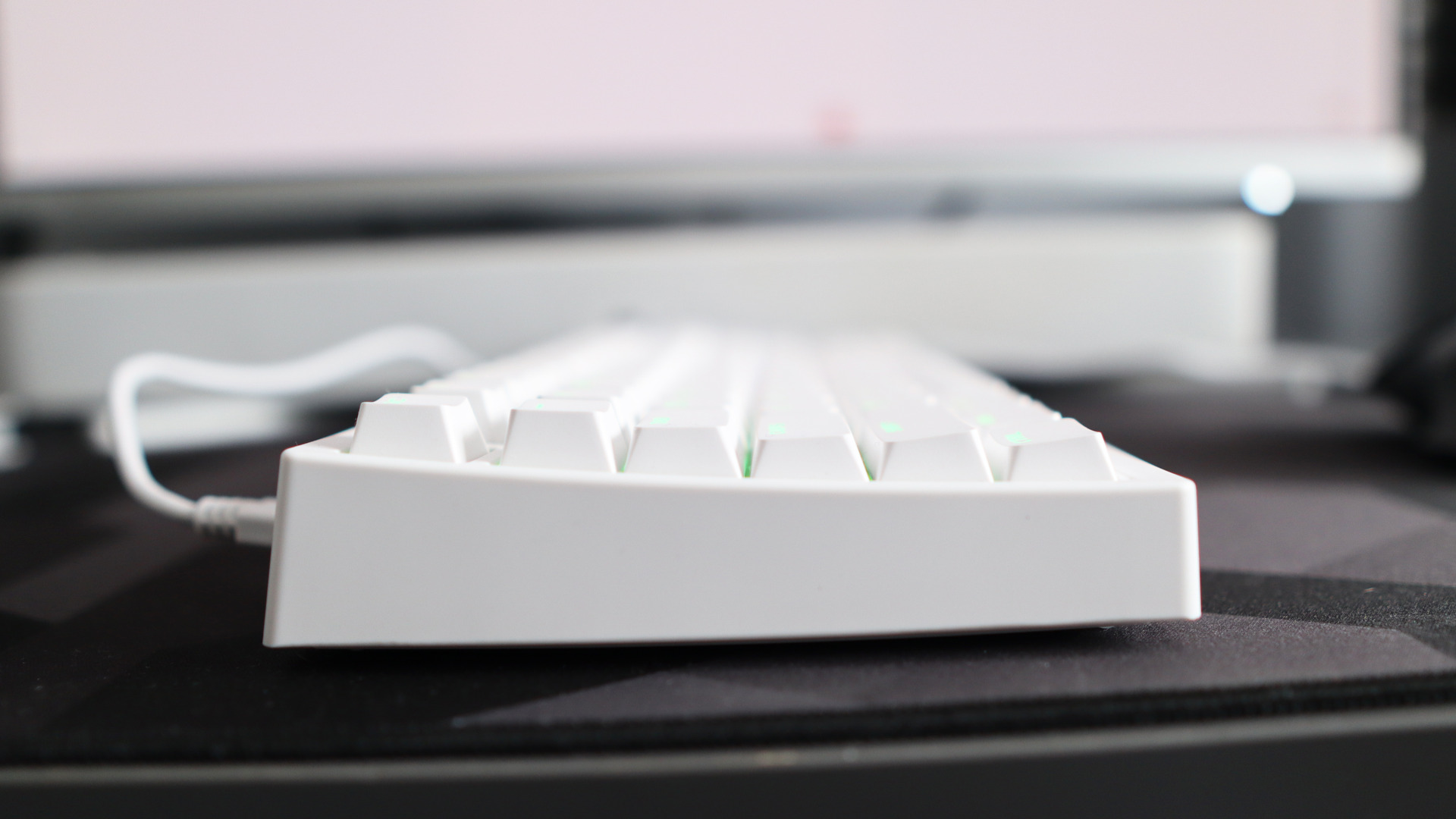
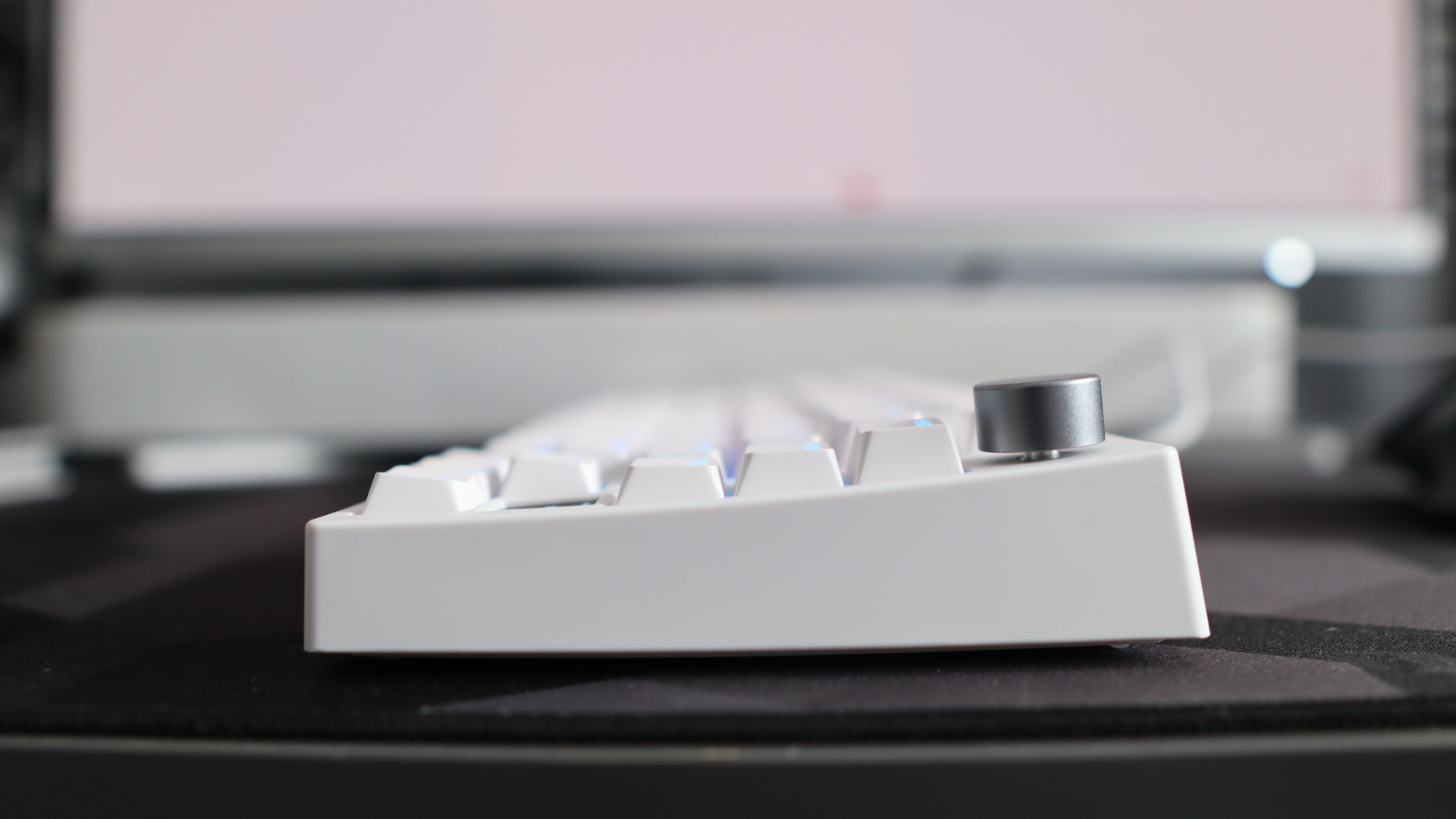
This keyboard by default lacks the bouncier feel under your fingers you might have come to expect from enthusiast-grade options that feature a gasket mounting system. Fear not, as apparently this keyboard can go from being a top-mount to a gasket mount with the simple turn of a screw, at least according to the brand's website. However, I can't find the ways a means of doing so, as it seems like you need to prise the case open, and I don't have faith in my ability to do so without breaking something. After all, there aren't any screws holding the casing in place, as there is on some Keychron boards that even come with a little screwdriver in the box to encourage you to take it to pieces.
Beyond being decent linear switches on their own, the Mercury switches have the party piece of being rapid trigger. Gamakay states you can set the actuation point with a sensitivity of 0.01 mm over the switch's 3.5 mm travel. Doing so involves the keyboard's quite frankly meagre software, which offers a similar look and feel to the TK101's implementation. Controlling actuation points is hidden away on the software's front screen, under the 'Stroke Setting' tab. Setting the switch's input and reset position is as easy as dragging it up from the default 2 mm up to 0.1 mm for near-instant inputs, and it can be done easily on a per-key basis.
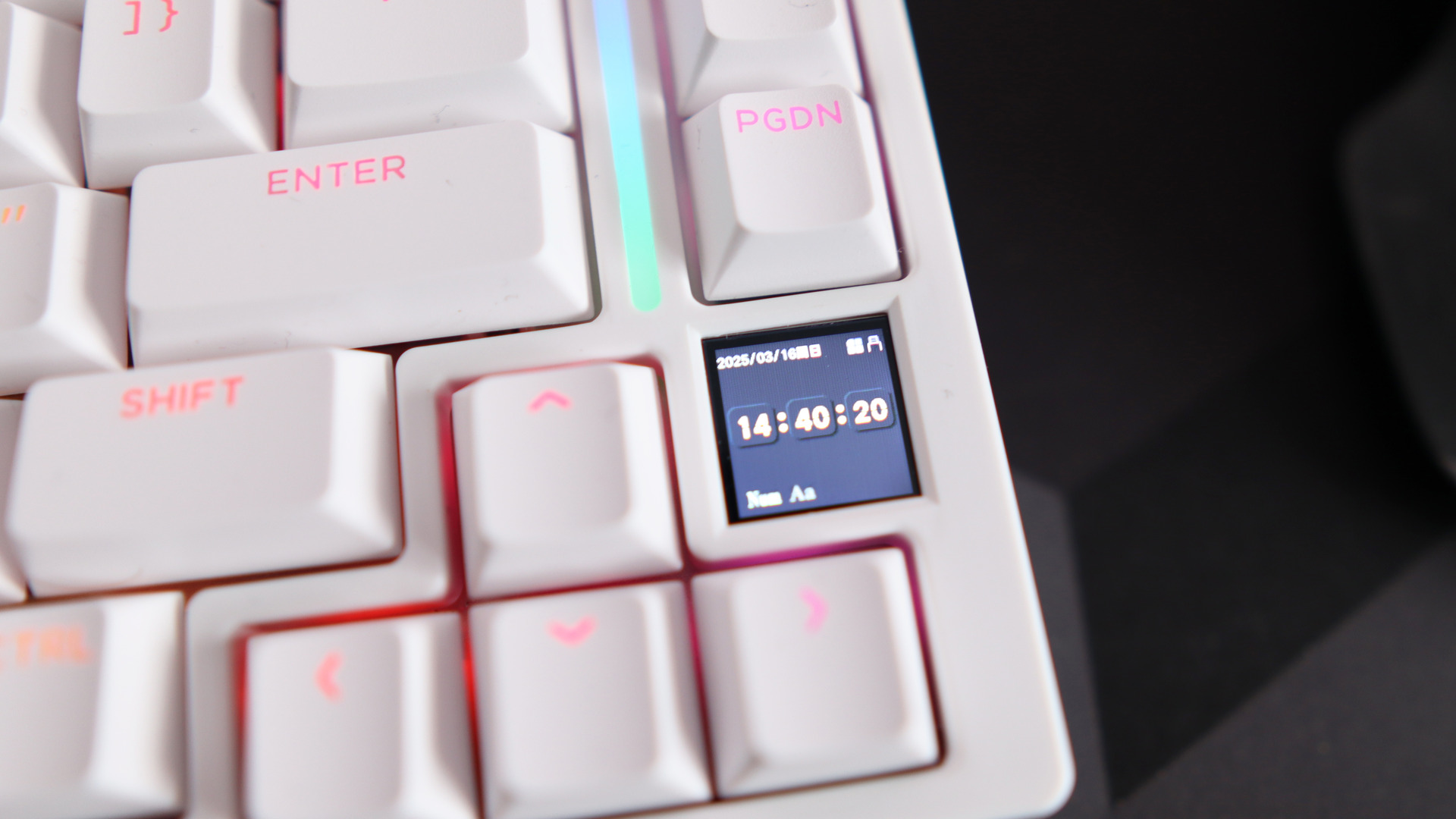
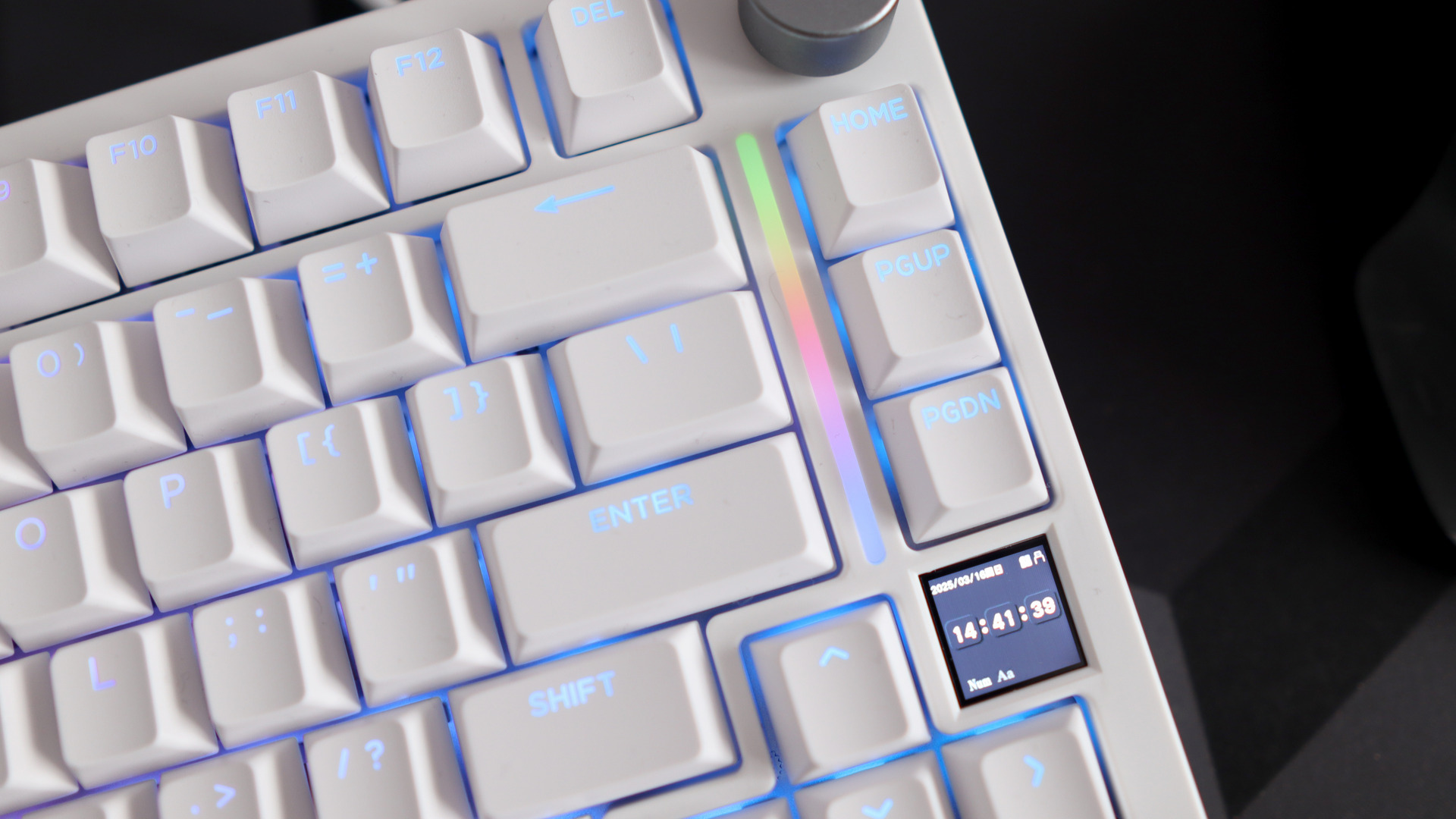
Finding the means of dealing with its 'snap tap' features for testing was a little trickier though, with no obvious instructions available in the manual or in the software itself. Instead, both that and even dynamic keystroke options (the idea of setting multiple inputs as you travel down a keypress) are hidden away in the 'Advanced Setting' tab. To deal with 'snap tap' features, you have to navigate to the 'Snap Key' tab, and you can then enable it for whichever keys you want to.
Just beware that for CS:2 at least, you can't use it in multiplayer, as Valve will wield the almighty ban hammer on you—for use with bots, I've had no trouble. You can also sort out dynamic keystrokes, as well as 'continuous triggering' in that tab, too.
✅ You want a fast Hall-effect keyboard on the cheap: The TK75 HE V2 offers a responsive rapid trigger keyboard with most of the benefits of more expensive options for a solid price.
❌ You want more refined software: Against key rivals, the TK75HE V2's software feels half-baked in terms of look and feel. Options from more established brands don't suffer the same fate.
In enabling all the gaming firepower the TK75HE V2 has to offer and jumping into some single-player Counter-Strike 2 games, I was surprised at how fast and responsive it felt. Inputs were especially snappy, with quick-draw scenarios benefitting from the 0.1 mm actuation and reset points I'd applied to the movement, reload and weapon select keys. I also set a secondary keystroke to the W key to allow me to run without having to hold down the Shift key.
There is a small bug if you set all of the keys to having a 0.1 mm actuation and reset, as you can do with one toggle in the keyboard's settings, though. It causes all hell to break loose, with everything from the Caps Lock key to the Windows menu springing into action even when you haven't pressed a key down. I'm sure that it'll be fixed with any future updates to the software, but it can be a little jarring at first.
The Gamakay TK75HE V2 certainly gives me something to think about when it comes to the state of the Hall effect segment of the mechanical keyboard market. It provides a genuinely compelling option in a more affordable segment of the market with a fully-specced out set of internals that make it responsive to use, while featuring good overall build quality, too. The software is a bit meagre to use against the competition though, and you could argue that the TK75HE V2 isn't as stylish or well-appointed as key rivals from Keychron and Wooting. Nonetheless, for its price tag, this is a solid choice.
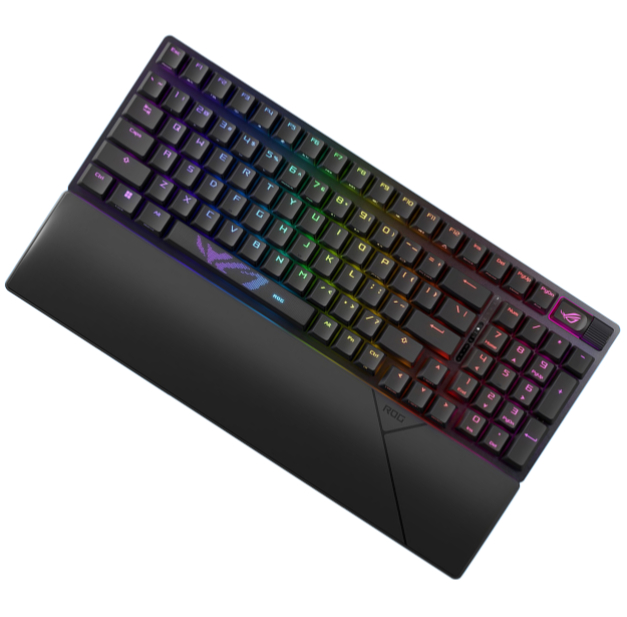
1. Best overall:
Asus ROG Strix Scope II 96 Wireless
2. Best budget:
Gamakay x Naughshark NS68
3. Best mid-range:
Ducky Zero 6108
4. Best rapid trigger:
Wooting 80HE
5. Best wireless rapid trigger:
Keychron K2 HE
6. Best silent:
Be Quiet! Light Mount
7. Best tenkeyless:
Keychron Q3 Max
8. Best low profile:
NuPhy Air60 HE
9. Best ergonomic:
Kinesis Freestyle Edge RGB
10. Best membrane:
Roccat Magma
A generally solid Hall effect keyboard that's well-built and specced, and is only let down by meagre software.

Reece Bithrey is a freelance journalist with credits in Trusted Reviews, Digital Foundry, PC Gamer, TechRadar, PCGamesN, and Custom PC magazine reviewing all sorts of computing gubbins, including keyboards, mice, laptops, and more. He also has his own blog, UNTITLED, has bylines for WatchGecko's online magazine, and graduated from the University of Leeds with a degree in International History and Politics in 2023. When not writing, you'll usually find him bellowing at virtual footballers on Football Manager or tinkering with mechanical keyboards.
You must confirm your public display name before commenting
Please logout and then login again, you will then be prompted to enter your display name.
